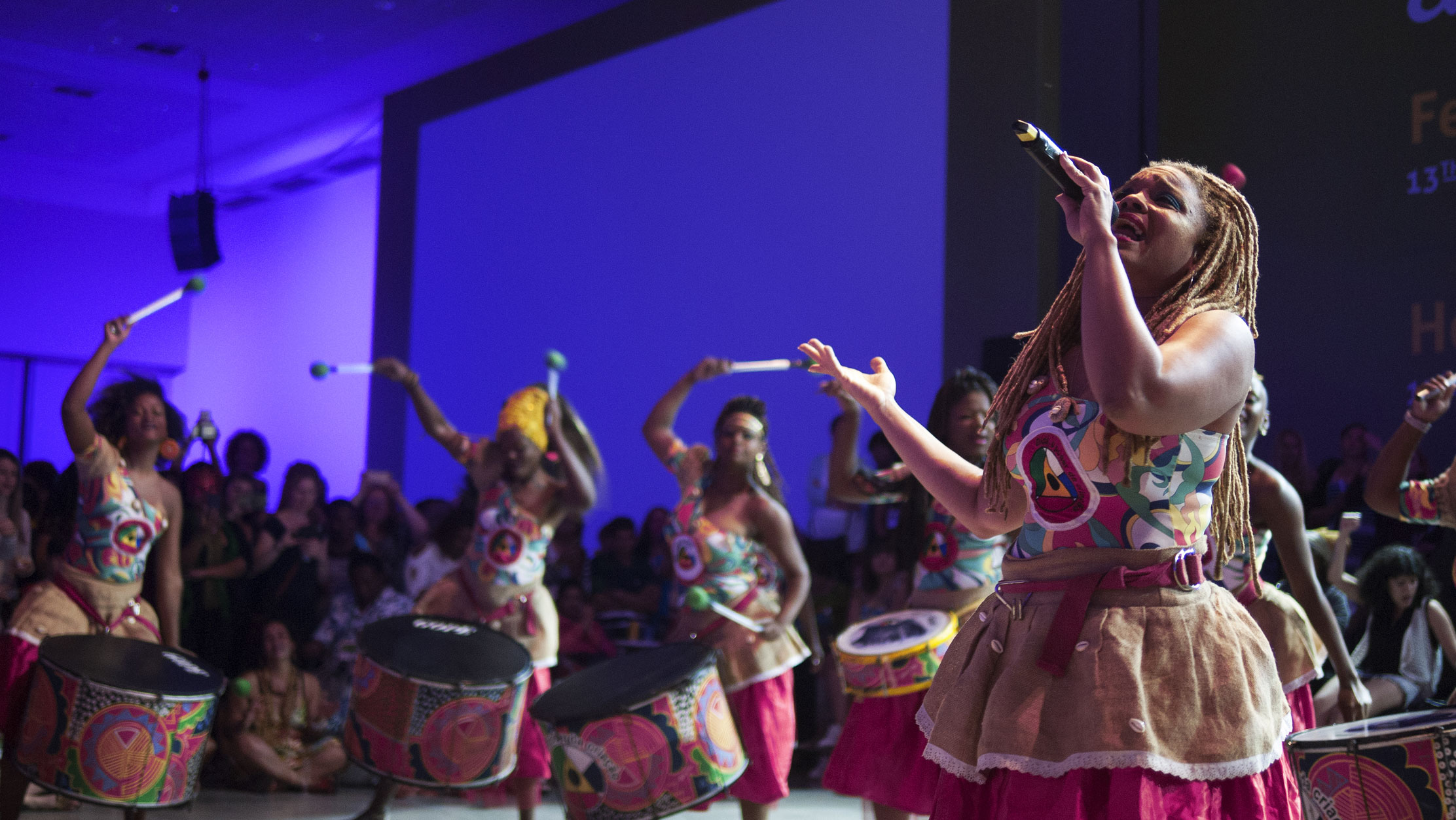This year’s theme for International Day of the Girl Child (IDGC) is Empowering Adolescent Girls: Ending the Cycle of Violence. While ending gender-based violence is a vitally important issue, the UN missed the opportunity entirely to tackle the root causes that allow violence to be a cycle. In its communication materials around the girl child, the UN states: “Investing in girls is the right andsmart thing to do.”
This focus on investment, as if girls are commodities to be invested in does not lead to achieving social justice for girls. The fact is, ‘investing in girls’ does not magically sweep away patriarchal oppression and cultural norms that constrain girls’ capacity to fully enjoy their rights and freedoms, make their own decisions, and have those choices respected. Investing and empowering remain buzzwords, that only provide a language for corporations to frame their contribution to corporate social responsibility but are actually devoid of any real meaning, understanding or knowledge of the real issues that oppress girls, which in fact if addressed, can threaten the existence of these corporations.
The UN concept note for IDGC 2014 states: “[Adolescence] is a stage at which key investments and support can set girls on a path towards empowerment, or when discrimination, recurrent constraints, harmful practices, and violence can send them down a negative spiral with lifelong consequences, not just for themselves, but for societies and future generations.”
What this is really saying is that the UN has identified girls as the next population segment where capitalism —of which corporations, institutions, and foundations are its building blocks — can find new profit margins.
The concept note also states: “When adolescent girls are empowered, it benefits all. Empowered girls grow into empowered women who can care better for themselves and their families, increase their earning potential…” Be empowered and increase earnings in order to better feed into the current economic structure but not question it? Investing in girls does not erase the systemic violence that girls, young women, transgender and gender non-conforming youth face due to the current economic structure that continues to reinforce patriarchy, colonialism, war, and imperialism, all of which have devastating impacts on them.
Let’s take the examples of Rehtaeh Parsons and Tina Fontaine, to name only two of the hundreds of adolescent Canadian girls whose lives were cut too short. Could it be that if only we had ‘invested’ in them and ‘empowered’ them, Rehtaeh wouldn’t have committed suicide following her rape, which was photographed and shared through social media by the four boys who raped her with impunity? Or that Tina’s body wouldn’t have been found in a river, as no one was actively searching for her after she went missing?
This language of ‘investment in’ and ‘empowerment of’ girls and women lacks a human rights analysis, gender justice approach and most importantly an economic justice framework. We hear about improving girls and women’s economic control over their lives but language like sexual and reproductive health and rights, especially as it pertains to issues like abortion and sexual orientation, let alone the more inclusive concept of reproductive justice are consistently not properly addressed at the UN. Instead, girls are talked about in tokenistic ways. For example, there is often talk of decreasing teen pregnancy by telling adolescent girls about family planning or providing girls with information about STIs, but why aren’t we also talking about consent, choice and agency in sexual encounters?
What if we challenged the barriers that prevent girls, young women, transgender and gender non-conforming youth from making choices about their sexuality and their bodies? Barriers such as systemic state and societal violence against girls and women, gender, class and racial discrimination in accessing health services, and inequalities in sexual relationships. If we start addressing these issues in a significant way, we can then start to ensure an adolescent girl’s bodily integrity and autonomy is talked about, respected, promoted and understood as a human right.
While violence is a daily reality that disproportionately affects girls and women (and in Canada it disproportionately affects indigenous girls and women), we have to dig deeper and also talk about unequal power structures including economic systems that grow on exploitation and oppression of girls and how these are all intertwined.
A comprehensive understanding of the causes and consequences of gender-based violence can be achieved if we look at the web of oppression that patriarchy weaves, and exploitation that capitalism thrives on, not where we have lacked investment and empowerment. And it is only once we start placing that analysis at the heart of achieving social justice that we can start taking a closer step towards ending the cycle of violence.
By Ghadeer Malek and Nelly Bassily
Published on the AWID Young Feminist Wire on 8 October 2014.
